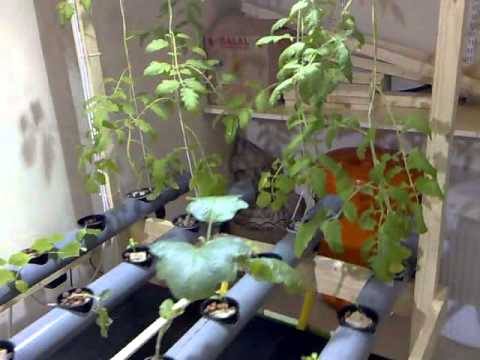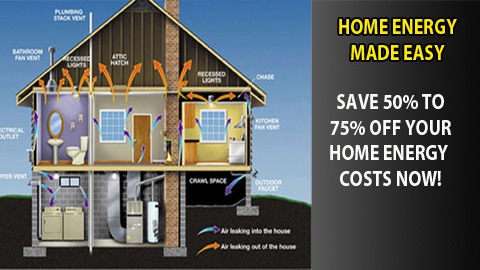Not everyone has the luxury of planting a garden outside. In the city or apartments, you only have the option of starting indoor gardens. While the concept of indoor gardening might seem like it goes against everything you know, it’s actually is a great way to grow fresh vegetables.
There are a few essentials that you’ll need for indoor gardening. They include:

- Grow lights that are designed to promote indoor growth. The Kelvin units for this light should fall in is between 4,000 and 6,000. The higher the number, the warmer it is. If you need to cut costs a fluorescent light will also work, avoid cheaper lights though.
- A tomato cage is a good tool for indoor gardening. You can attach your light easily to it and it’ll also allow you to grow tomatoes with ease.
- A timer to remind you of the schedule. Plants need darkness to help stimulate their growth. A timer can ensure there are consistent periods of light and darkness.
- A small fan to promote air circulation. This reduces the risk of fungi from growing on the plants, and keeps away some pests.
You’ll also need potting soil, water, and seeds. It’s important that you use seeds and not plants from other growers or ones you find outside. As this can bring in pests and disease into the space. Once disease or pets enter your controlled space, they are difficult to remove.
Indoor gardening isn’t right for all plant types either. There are some species that are better to use in indoor gardens than others. Those plants include:
- Arugula
- Basil
- Cauliflower
- Chards
- Chives
- Cilantro
- Kale
- Lettuce
- Marjoram
- Mint
- Oregano
- Rosemary
- Spinach
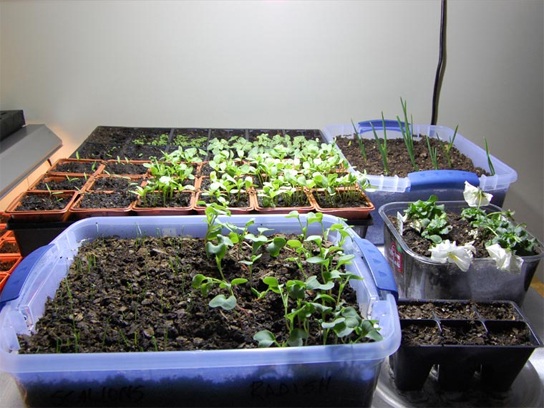
These are of course just some of the plants you can grow inside of your home. A lot of your results will depend on the humidity, heat, and amount of light you are able to provide the plants in your garden. It’s a good idea to take the time to sit down and review gardening manuals that can give you some additional insight into the needs of these indoor plants.
Ideally, you’ll want to have at least 14 hours of light for your indoor plants and at least six hours of darkness. You can adjust the final four hours as long as these minimums are met. With this, you can also have an automatic watering system spritz the garden at certain times of the day. If you do that, you should find that you are able to achieve some incredible results in the garden.
Advantages to indoor gardening
- Better Air
- Therapeutic
- Fresh herbs in your kitchen
- fresh fruit and vegetables all year around with no pesticides.
- Improve your mental health
- Anyone, no matter their condition can do it.
Indoor Gardening Methods
To start your own indoor garden you may wish to pursue some soilless gardening systems such as:
- Indoor hydroponics
- Indoor aquaponics
- Indoor aeroponics
While there are quite a few things to consider for indoor gardening, once you get a formula down, you’ll find this is one of the most rewarding forms of gardening. More importantly, you’ll have a delicious garden full of organic fruits and vegetables that you can take pride in and add some fresh flavor to all of your favorite dishes that you make for your family.
You Also Might Be Interested in...
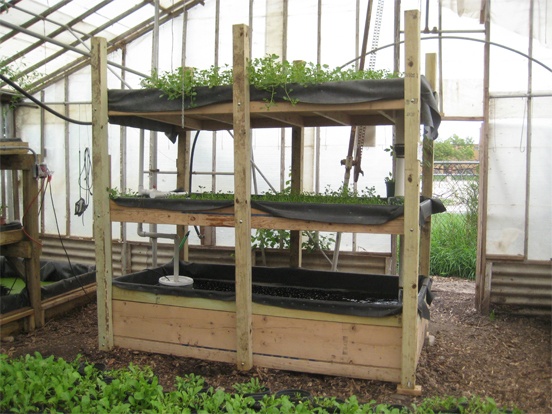
Aquaponic??s is a marriage between fish farming and hydroponics. Protein and vegetables in one unit
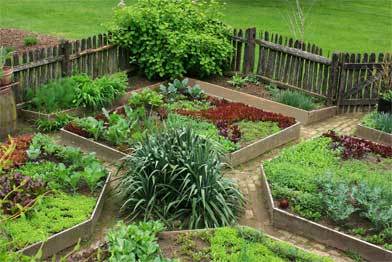
With urban gardening you can transform even the smallest piece of land into a food farm for your family.
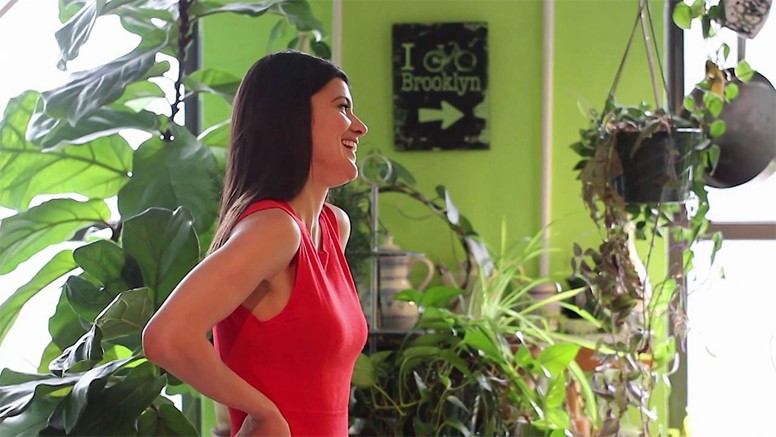
With vertical gardening you can create a garden, inside or outside, anywhere you have a sunlit wall.


